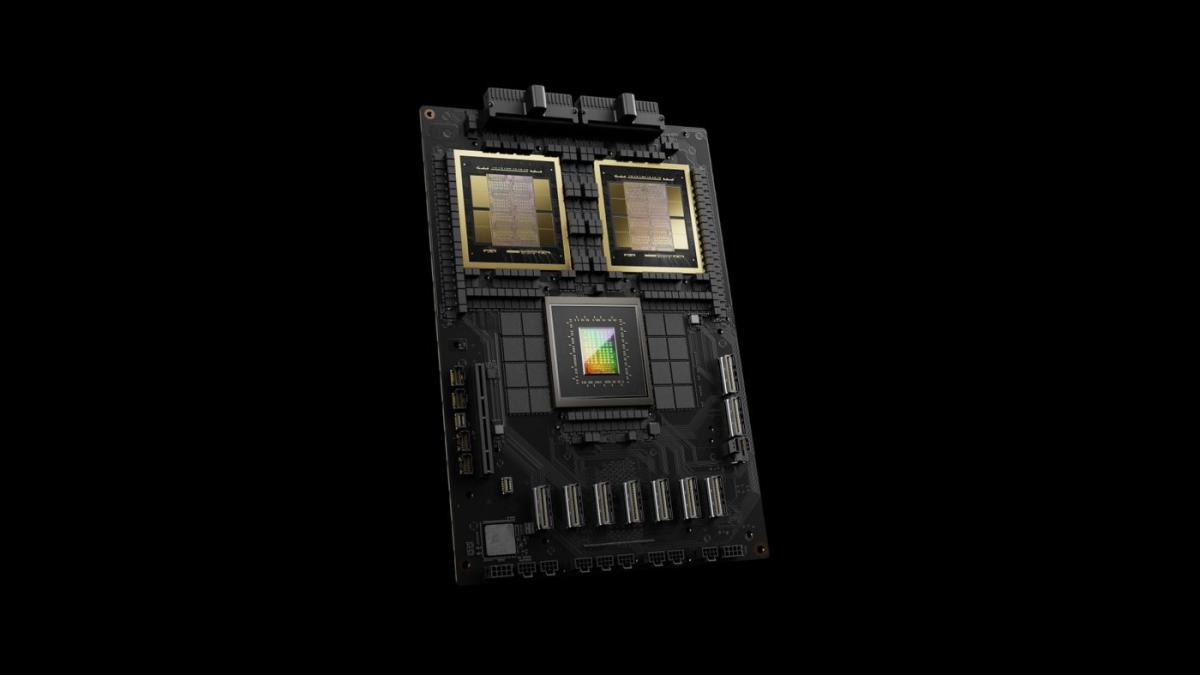
Nvidia, a US tech powerhouse and computer and software company, saw its shares begin trading on a 10-to-1 split on June 10, 2024. This move made the stock more accessible for retail investors as it had become one of the most sought-after equities due to soaring demand for its chips. Nvidia's confidence in continued growth comes from the increasing market demand for chips used in high-level tech and artificial intelligence (AI) development.
The company, which was founded in 1993 and pivoted to embrace AI technology in 2013, has seen significant growth. In January 2025, Nvidia became the third US public company to cross the $3 trillion market cap threshold. This milestone followed Apple's achievement of this feat in January 2022 and Microsoft's accomplishment in January 2024.
Long-term investors who invested $25,000 in Nvidia five years ago would have seen their investment grow to about $850,000, a return on investment of over 3,288%. This growth can be attributed to the increasing demand for efficient processing for AI development and Nvidia's position as a leader in this market.
Nvidia is scheduled to undergo a 10-for-1 stock split after the market close on June 10. This move, which makes each share worth one tenth of its previous value, is expected to make the stock more accessible for retail investors and could potentially attract new investors.
Despite this growth, it's important to note that Nvidia's success is not without controversy. The company has faced criticism for its high valuation and concerns about the sustainability of its growth. Additionally, some have raised questions about the long-term viability of AI as a market driver.
Sources:
- Washington Examiner: Nvidia stock splits after massive year of gains - Washington Examiner
- Finance Yahoo: Nvidia Hits a $3 Trillion Market Cap Ahead of Its 10-for-1 Stock Split. Here's What's Next for Investors.
- The Motley Fool: Is Nvidia Going to $5 Trillion After Its 10-for-1 Stock Split?

